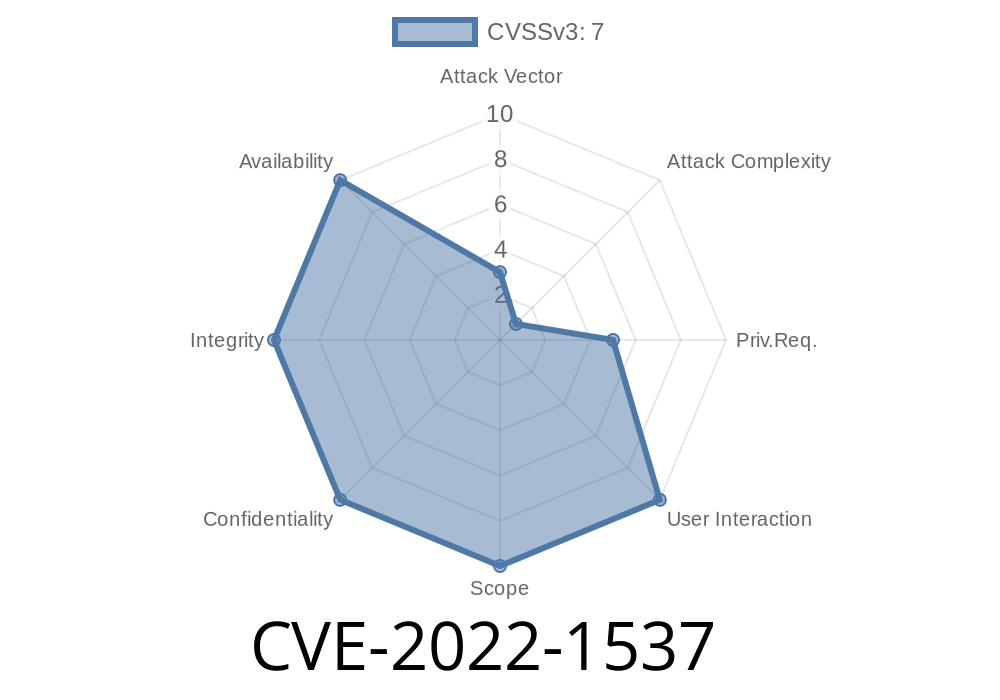Hello fellow developers and security enthusiasts, today we will be discussing an interesting vulnerability that was recently discovered within GruntJS, a prominent JavaScript task runner. The vulnerability under review is CVE-2022-1537, a Time of Check to Time of Use (TOCTOU) race condition, which is found in file.copy operations. This post aims to provide an in-depth analysis of the issue, its root cause, and its implications. Additionally, we will also take a look at some code snippets and links to relevant resources.
Background
This vulnerability was specifically found in the GruntJS GitHub repository gruntjs/grunt and affects versions before 1.5.3. The issue arises due to a flaw in the file.copy operations, which leads to arbitrary file writes potentially resulting in local privilege escalation (LPE) for the GruntJS user. This situation can occur if a lower-privileged user has write access to both source and destination directories. In such cases, it is possible for the lower-privileged user to create a symlink to the GruntJS user's .bashrc file or even replace the /etc/shadow file if the GruntJS user is a root user.
The Exploit Details
To understand the issue better, let's take a look at the typical workflow of a GruntJS file.copy operation, which might involve the following steps:
If regular file, attempt to copy the source file content to the destination file
The vulnerability occurs due to a race condition between steps 3 and 4, where an attacker could replace the destination file with a symlink after GruntJS has checked if the destination file is a regular file or a symlink, but before it proceeds to overwrite the target file. This can further lead to arbitrary file writes, which has the potential to escalate local privileges.
Here's an example of vulnerable code using "grunt"
grunt.initConfig({
copy: {
main: {
src: 'source.txt',
dest: 'dest.txt',
},
},
});
grunt.loadNpmTasks('grunt-contrib-copy');
grunt.registerTask('default', ['copy']);
In this example, an attacker could exploit the race condition by replacing "dest.txt" with a symlink to a sensitive file (like the GruntJS user's .bashrc). As a result, the operation would end up overwriting the corresponding sensitive file with the content from source.txt.
To mitigate this vulnerability, it is crucial to update GruntJS to version 1.5.3 or later, as this release has implemented a robust fix for the issue. More details about the fix can be found in the GruntJS release notes.
Conclusion
CVE-2022-1537 is an interesting and notable vulnerability that highlights the importance of avoiding race conditions in software development. While the immediate impact may appear to be limited, the potential implications of arbitrary file writes and local privilege escalations against the GruntJS user are concerning. By raising awareness about this issue, we hope to encourage developers to scrutinize their codebases and implement necessary safeguards and updates to prevent similar vulnerabilities in the future.
Timeline
Published on: 05/10/2022 14:15:00 UTC
Last modified on: 05/16/2022 17:08:00 UTC
